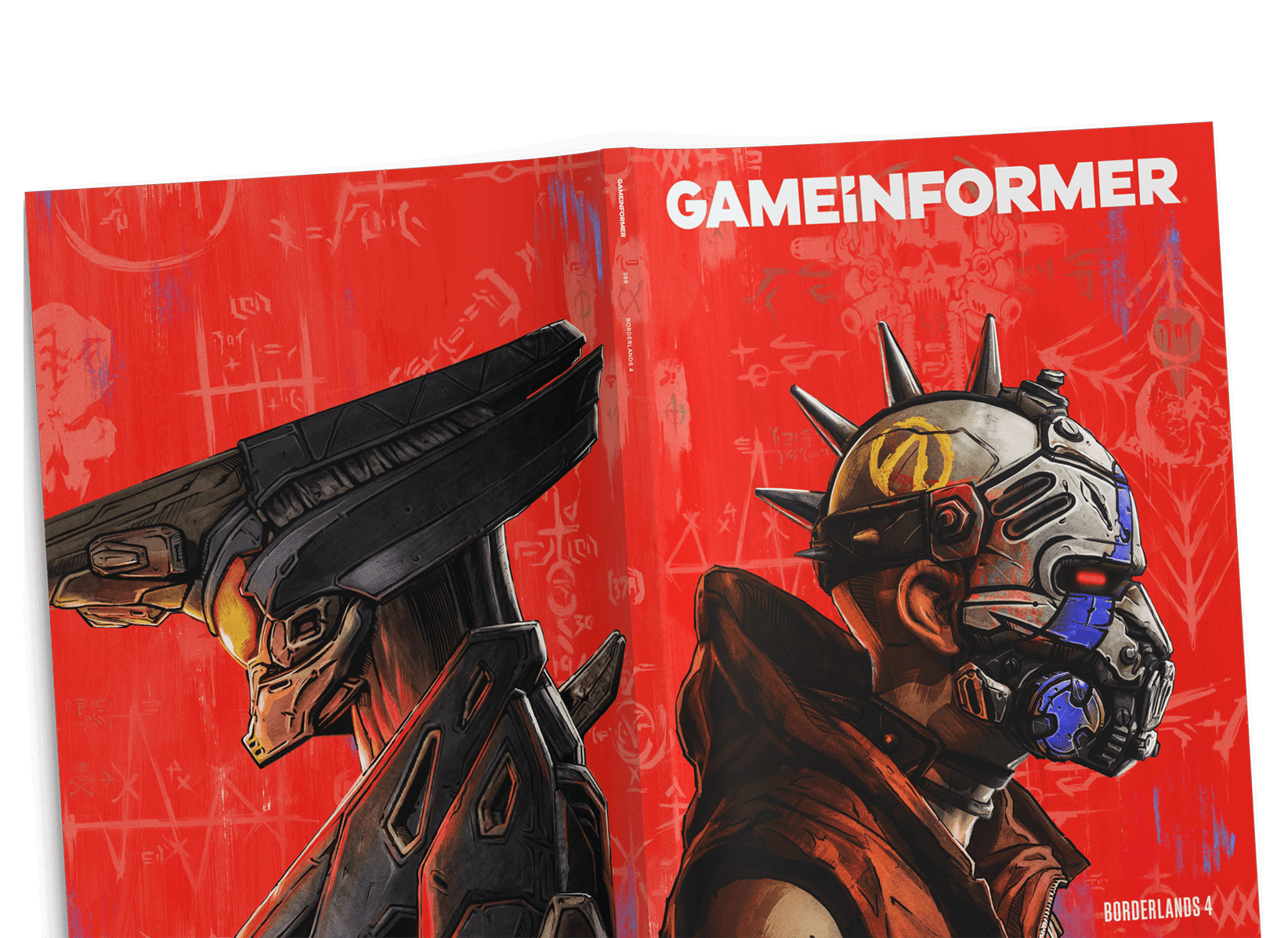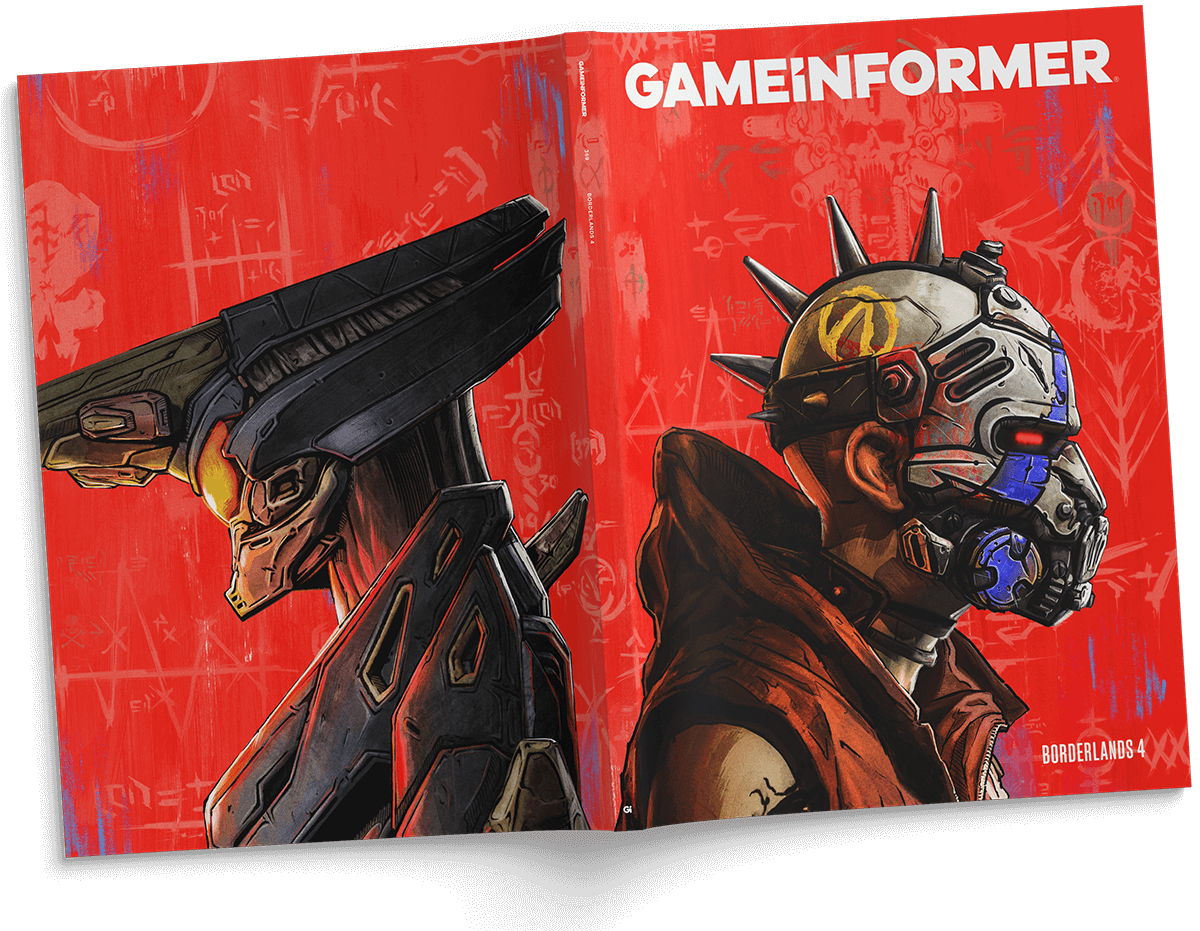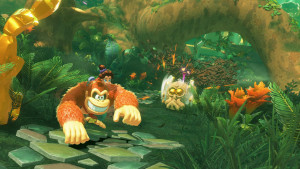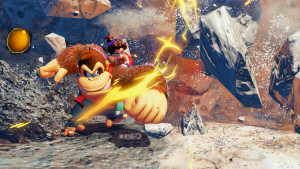Subscribe now to get the Vampire: The Masquerade – Bloodlines 2 issue and a D&D poster pack-in!
Astrophysicist Argues That A Black Hole Lives Inside The Majora’s Mask Moon
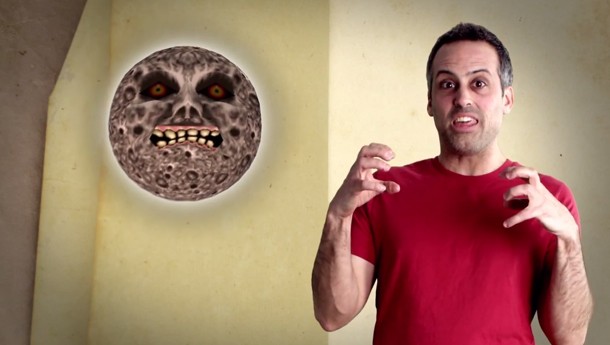
Regardless of whether Majora’s Mask is high on your list of Legend of Zelda games or near the bottom, most gamers can agree on one thing. The game’s moon is extremely disconcerting. And now we might have a better understanding of just what makes up the terrifying celestial body.
In the most recent episode of PBS Digital’s Space Time, astronomist and astrophysicist Gabriel Perez-Giz posits a new theory about The Legend of Zelda: Majora’s Mask. Using calculations provided by The Game Theorist’s Matthew Patrick, Perez-Giz discerns that the menacing moon would be ripped apart by Termina’s gravitational pull.
The only way that it could possibly survive (and cause the effects seen in the game) is if it were much denser than its calculated size would imply. We’ll let Perez-Giz explain:
Ultimately, real world physics and games might not be able to co-exist, but with shows like The Game Theorists and Space Time, we’re excited to see them intertwined. For more, check out Perez-Giz deconstructing the gravity (and humanity) of Nintendo’s Mario games.

